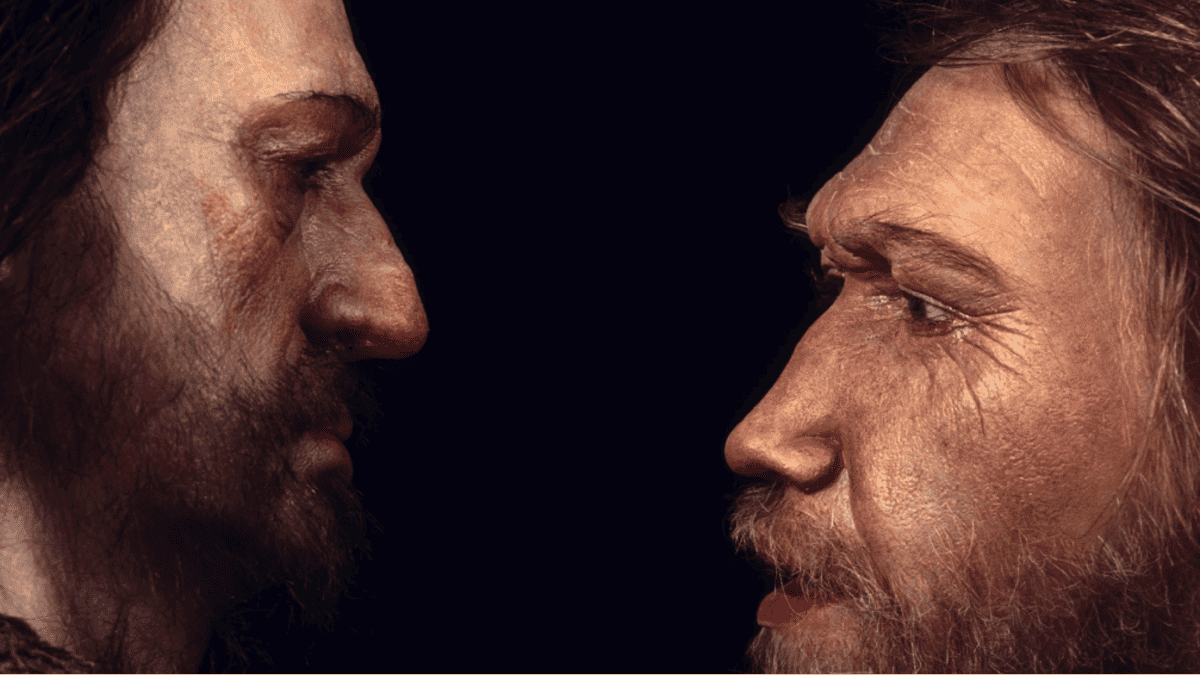The study of Neanderthals is key to better understanding the evolution of our own species, Homo sapiens. Numerous pieces of evidence indicate that our ancestors were excellent hunters and craftsmen, able to create cave paintings and even communicate through speech. However, one of the fundamental differences between the types is the ability to create metaphors.
Read more
Differences in the structure of brains
- New anatomical evidence suggests that Neanderthals had vocal tracts and auditory passages not much different from ours, suggesting that, anatomically speaking, they were able to communicate through speech just like us.
- 3D digital reconstructions of the brains of our ancestors indicate significant differences in structure.
- Neanderthals had a relatively large occipital lobe, allocating more brain matter to visual processing and making it less available for other tasks, such as language.
- They also had a relatively small cerebellum.
- This subcortical structure, filled with neurons, contributes to many tasks, including language processing, speech, and fluency.
- The unique spherical shape of the modern human brain evolved after the first Homo sapiens appeared 300,000 years ago.

Metaphors transformed language
According to the researchers, some of the genetic mutations that explain this difference are related to the development of neurons and how neurons in the brain are connected. During human evolution, there have been “modifications to a complex network of perception or learning.”
The study suggests that the Homo sapiens brain developed its spherical shape through neural networks connecting what were isolated semantic groups of words. However, these remained isolated in the Neanderthal brain.
This means that although the two species had equal ability to create distinct words and sentence structures, there was a difference regarding the storage of ideas in semantic groups in the brain.
In other words, our species has acquired the ability to think and communicate using metaphors. For researchers, this possibility transformed our species’ language, thinking, and culture, creating a profound divide regarding Neanderthals.

“Incurable thinker. Food aficionado. Subtly charming alcohol scholar. Pop culture advocate.”






More Stories
NASA Releases Selfie of Perseverance Rover Working on Mars
NVIDIA driver includes hidden Final Fantasy XVI profile
PlayStation Plus Extra and Premium saw a significant drop in players in July